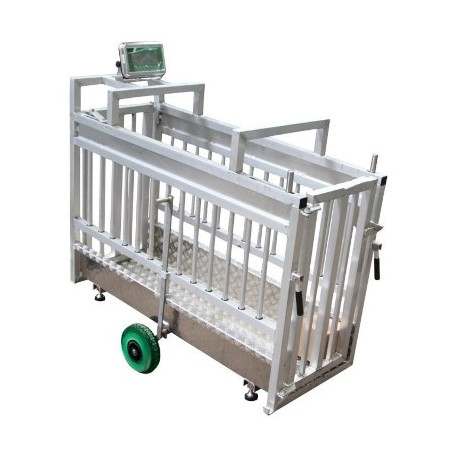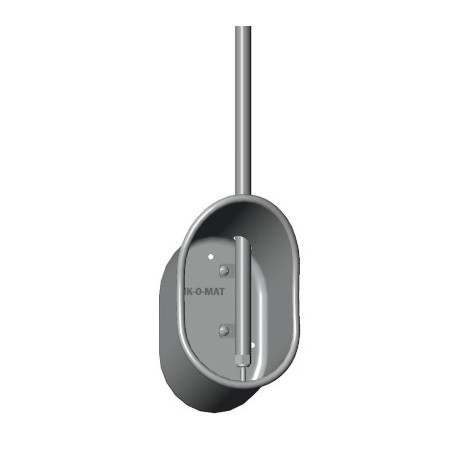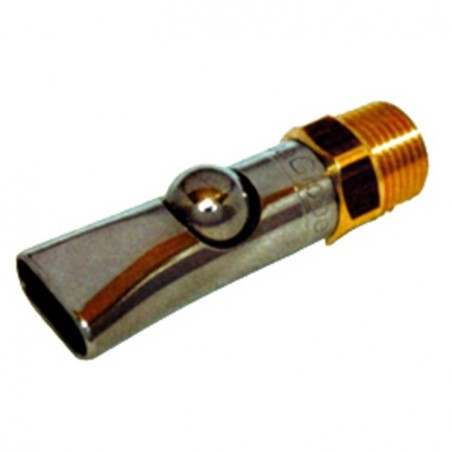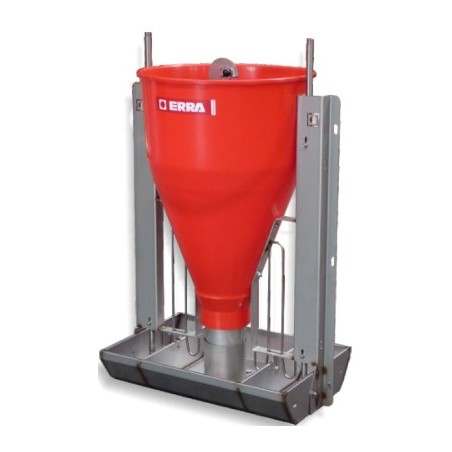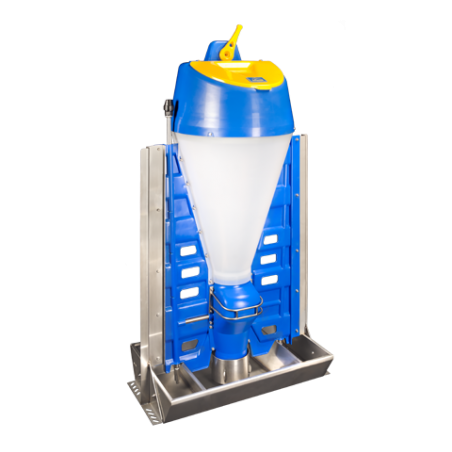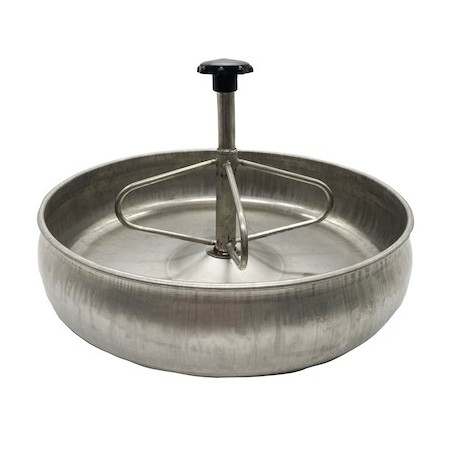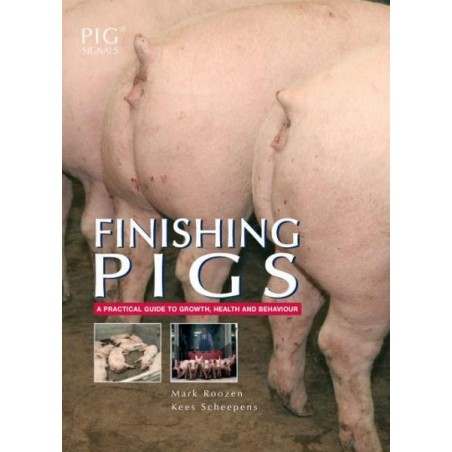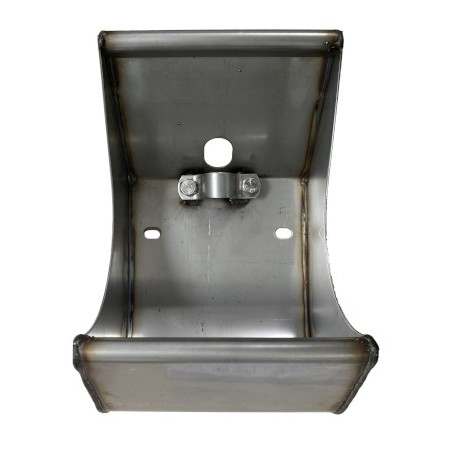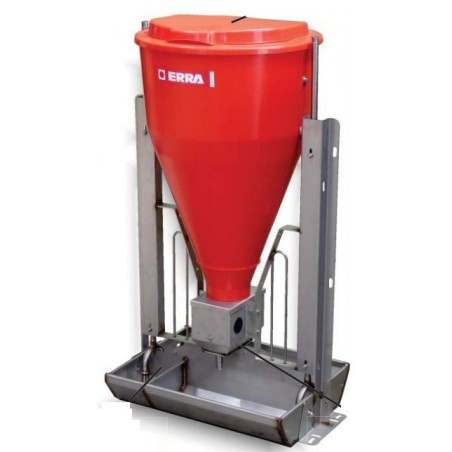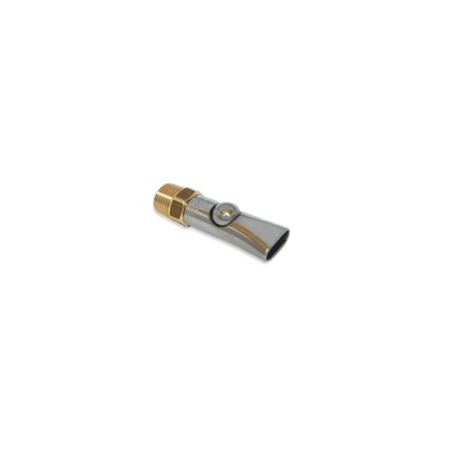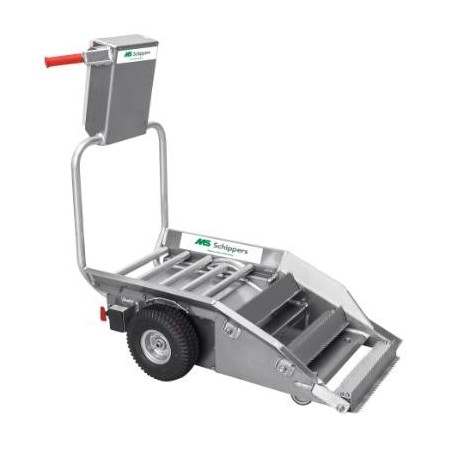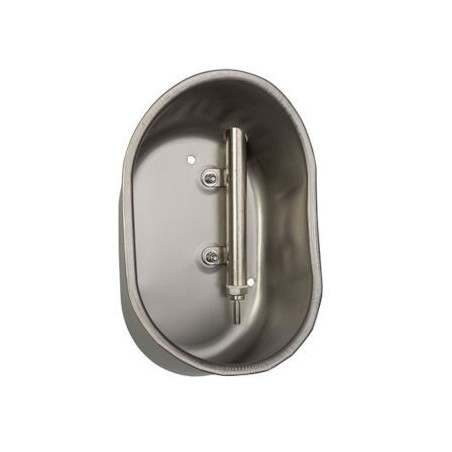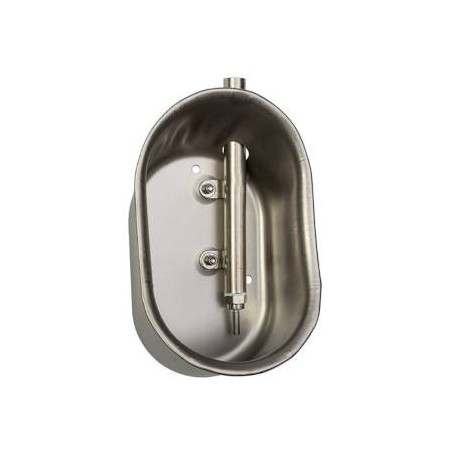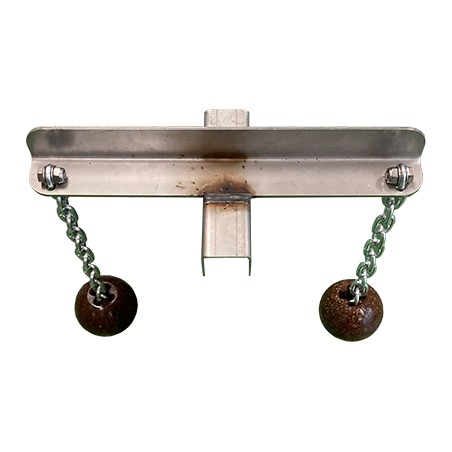Water is a vital nutrient for mammals, including the pig. Despite this, the use of drinkers and water have not yet been explicitly quantified across the finisher period. The current study aimed at gaining greater insight into finisher pigs' drinker use and its relation to drinker location, age, time of day, stocking density, enrichment provision and tail damage. The experiment included 110 pens of finisher pigs over a 9-week period, with two drinker cups per pen. Pens had a stocking density of either 0.73 m2/pig (n = 54 pens, 18 pigs per pen) or 1.21 m2/pig (n = 56 pens, 11 pigs per pen), were either provided with straw (n = 54, 150 g per pig and day) or not (n = 56), and had pigs with either undocked (n = 50) or docked tails (n = 60). Drinker use was recorded automatically by water-flow meters and summed to the water use (L) and number of activations per hour and pig. Pens never experiencing a tail damage event (at least one pig in the pen with a bleeding tail) were used to investigate the normal drinker use of finisher pigs (n = 56).
The water use of pigs increased from 3.7 to 8.2 L per pig and day during the 9 weeks, and this increase was mainly seen during the two large peaks of the diurnal pattern within the pigs' active period (06:00–18:00 h). No such increase was seen in the activation frequency at average 50 activations per pig and day. A decrease in stocking density increased both water use and activation frequency during the active period, suggesting that pigs at the standard space allowance and pig:drinker ratio could be restricted in their access to the drinking cups. The pigs also seemed to prefer to use the drinking cup closest to the feeder. Water use and activation frequency did not change the last 3 days prior to an event of tail damage, but general differences were seen between pens with and without a tail damage event.

The current results may explain the success of previous studies in classifying tail damage pens from pens without tail damage using sensor data on drinker use.
Larsen MLV, Pedersen LJ. Use of drinkers by finisher pigs depend on drinker location, pig age, time of day, stocking density and tail damage. Frontiers in Veterinary Science. 2022; 25(9): 1029803. https://www.frontiersin.org/articles/10.3389/fvets.2022.1029803




